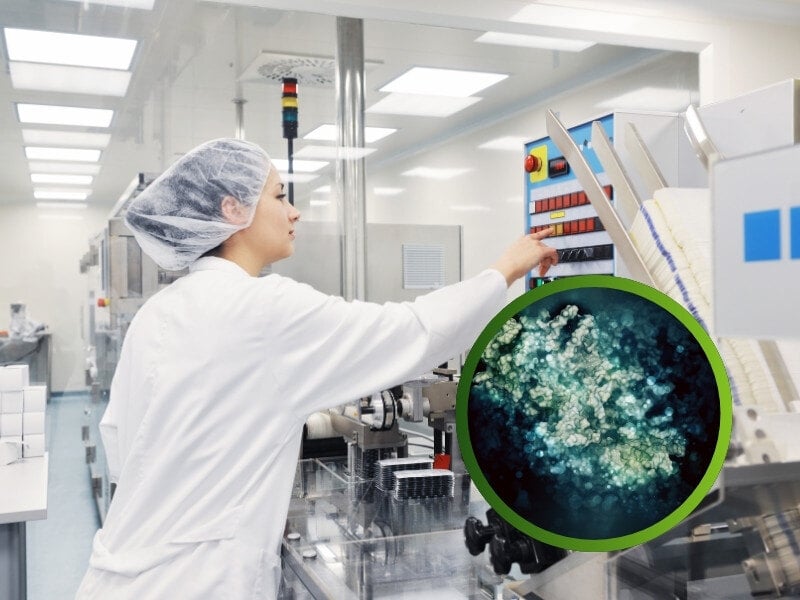Biologics Market Trends and Predictions: New Horizons Beckon

The global market for the development and production of biologics is anticipated to surpass USD $600bn by 2032, according to analysis from Precedence Research.
Recent data and information suggests that North America represents the largest market for biologics, with the Asian Pacific also witnessing substantial growth.
As chronic diseases have continued to grow in their incidence and frequency across an ageing population, sophisticated diagnostics and treatment medications are increasingly in demand.
This growth is expected to fill a gap in the market left by a fall in research around small molecule medication, with anticipated products such as oral medications for Crohn’s disease and rheumatoid arthritis likely to drive a new wave of branded therapies.
But what are some of the market drivers and restraints on the development of biologics in the modern day?
Market Drivers in Biologics Development
The medical industry places great emphasis on the development of novel drugs and treatments – particularly those for chronic or age-related diseases.
Medications for rheumatoid arthritis have garnered major attention in the industry following an ever-growing incidence in the global population: estimates suggest that by 2040, 78.4 million adults worldwide will have been diagnosed with arthritis.
While conventional painkillers exist as an ameliorative measure for mitigating some of the symptoms of arthritis, there has been growing in the development of biologics that can target specific components of the immune system involved in the inflammatory process.
A key property of biologics as therapeutics is their repurposability: they can be designed to target specific molecular pathways and receptors, making them both more precise and more personalised in their therapeutic approach.
Heavy amounts of R&D are also being conducted on biosimilars – novel therapeutics closely related to approved drugs with parallel or divergent applications.
The demand for biologics for this end has fed a significant amount of growth in the field, and has acted as a driver for the growth of the biologics market.
Constraints on Greater Development and Growth
The same appeal behind biosimilars can also be a hindrance to biologics in some cases – biosimilars are often introduced at lower prices compared to biologics, competing with the overall market share.
These reduced profit margins for biologics may see a shift in focus towards biosimilars in years to come, although at present it is difficult to say with certainty how established this shift may be.
One potential hurdle concerns regulation: as the complexity of biologics continues to advance, regulatory bodies such as the FDA and EMA may face uncertainty in defining appropriate pathways due to the novelty of the therapeutic.
Still, the versatility of therapeutic approaches inherent to biologic medicines makes them highly alluring for investors and prospectors alike.
Get your weekly dose of industry news and announcements here, or head over to our Biologics portal to catch up with the latest advances in targeted therapies. To learn more about our upcoming Biologics UK conference, visit our event website to download an agenda and register your interest.







